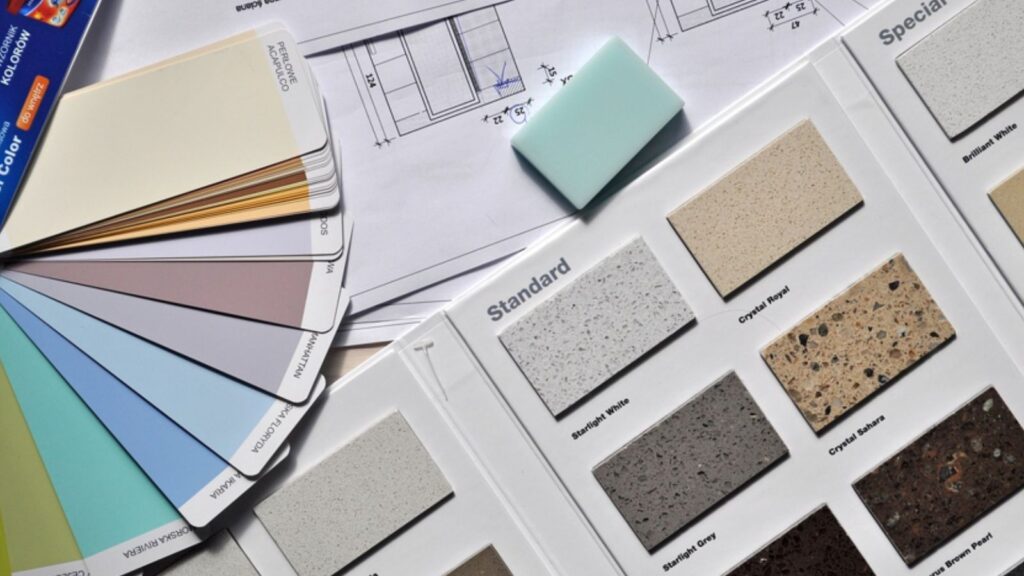Interior design is an ever-evolving field that seeks to enhance the function and aesthetics of interior spaces. From home decor to commercial spaces, good design principles and thoughtful layouts are critical for creating environments that are beautiful, efficient, and tailored to the needs of the occupants.
In recent years, artificial intelligence (AI) software has begun making inroads in the interior design world, providing new capabilities that have the potential to revolutionize the design process. In this article, we will explore the current AI tools available for interior design and examine how they are transforming design workflows.
The Rise of AI Software in Interior Design
While interior design software has existed for decades, earlier tools were limited to 2D drafting and visualization. With recent advances in AI and generative algorithms, a new breed of intelligent software aims to augment human creativity rather than just assist with technical drafting. Several startups now provide AI-powered apps and plugins that can help generate design ideas, create 3D models, and even lay out full floorplans based on desired room types and sizes.
Rather than replacing human designers, these AI tools act as “co-pilots” – processing inputs and suggesting intelligent solutions that designers can then refine based on their expertise. This helps automate repetitive tasks while giving designers more time to focus on higher-level decision-making and creativity. The ability to quickly generate and iterate through options allows designers to explore more possibilities in a shorter timeframe.
Key Capabilities and Benefits
Some of the key capabilities offered by AI design software include:
- Automated floorplan generation – A floor planner or floor plan creator lets you easily design floor plans without any previous design experience using AI automation.
- Style matching – Upload inspiration images, and the software will generate 3D renderings that match the style, colors, and textures.
- Object placement – AI can automatically populate floorplans with furniture and decor by detecting open spaces and suggesting smart arrangements optimized for spatial efficiency and visual appeal.
- Realistic 3D visualization – Instantly preview designs with photorealistic 3D renders.
- Design option exploration – Generate and compare multiple design variations to identify the best options.
- Code compliance checking – Software can identify potential building code violations for things like accessibility requirements and fire exits.
The key benefits offered by these AI capabilities include increased productivity, more design options, faster iteration, and the ability to create high-quality visualizations to impress clients. For residential projects, AI software also allows homeowners with no formal training to create competent designs themselves. The time and cost savings provided by AI can make hiring a designer more accessible for a broader range of projects.
Transforming Workflows and Outcomes
The availability of user-friendly AI software is lowering barriers to entry in interior design and encouraging collaboration between amateurs, professional designers, and software tools. While AI will not replace human creativity and taste, it augments designers by handling tedious tasks like layout and measurement, freeing professionals to focus on big-picture strategy and creative direction.
For many projects, the design process can now start directly in a 3D visualization environment. Designers can use AI to quickly lay out and furnish rooms, allowing clients to visually experience the designs and provide feedback. Since iterations can be generated rapidly, designers can create and compare more options until the perfect design is achieved. AI software also facilitates collaboration – design files can be shared in the cloud for real-time teamwork.
The intuitive nature of AI software provides more access to design for amateurs. Homeowners can create DIY floorplans tailored to their space rather than relying on stock layouts. AI-generated designs still benefit from review by professionals to refine details and meet code compliance. This dual approach marries human creativity with the efficiency of AI.
While AI-generated designs risk feeling impersonal or generic if not supervised, the software continues to improve, consuming more data and learning designers’ preferences. As algorithms get smarter, AI will become better at capturing the nuances that make each space feel unique. Interior design professionals remain vital to the process, contributing their expertise and aesthetics.
Challenges and Limitations
While AI design software shows much promise, there are still some challenges and limitations to overcome. A key challenge is managing user expectations. Some less sophisticated programs overpromise on capabilities, leading inexperienced users to think software can magically produce perfect designs on its own. In reality, there is still a need for human judgment and aesthetics. Designers must still actively shepherd the process.
Privacy issues around data collection also raise concerns. As with all AI, these design programs function by analyzing data from past projects. Some users may be uncomfortable having the layouts of their homes or offices used as fodder for algorithms.
There are also risks that overreliance on AI could lead to homogenous or sterile designs that lack personality. Generative algorithms draw on what’s been done before, which can result in formulaic suggestions. Designers will need to consciously inject custom-style elements.
While advanced, most AI design software still has some limitations in capabilities. Algorithms struggle to account for niche spatial needs or unique project constraints. Adaptability and custom problem-solving remain human strengths. Software is also better suited for residential than commercial projects at this stage.
The interior design world stands poised on the edge of an AI revolution. Within a few years, AI-powered software will likely become standard tools for both professional and amateur designers. These technologies will increase efficiency and iteration speeds, generating more design possibilities in less time.




More Stories
The Influence of Minimalism on Modern Interior Trends
Trends of Bathroom Vanities in 2025: A Guide for the US Audience
What Makes Wave Curtains the Finest Choice for Modern Homes?